The Ultimate Veggie Planting Guide Victoria: Tips for a Thriving Garden
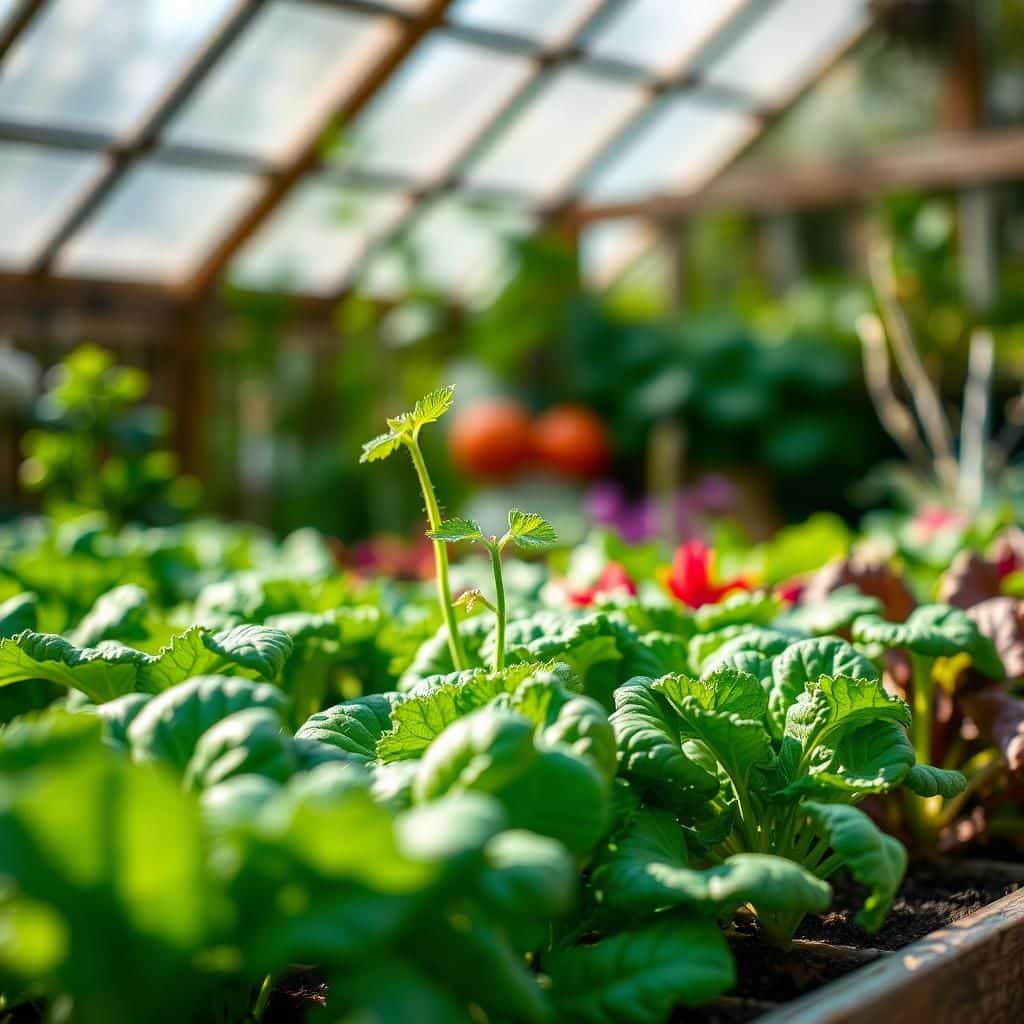
Victoria's climate and diverse soil types offer unique opportunities for budding gardeners and seasoned green thumbs alike. In this ultimate veggie planting guide, we will explore essential tips and techniques to help you cultivate a thriving garden in this picturesque region. From understanding local growing seasons to choosing the right vegetables for your plot, the following guidance will empower you to maximize your harvest. Whether you have a spacious backyard or a compact balcony, this guide promises to enhance your gardening experience and yield delicious, homegrown produce. Let's dive into the vibrant world of veggie planting in Victoria!
Vegetable Planting Guide for Victoria
When it comes to gardening in Victoria, creating a successful vegetable garden involves understanding the local climate, soil types, and optimal planting times. The region typically experiences a temperate climate with distinct seasons, making it essential for aspiring gardeners to choose cold-tolerant varieties in early spring and heat-resistant ones during the summer months. A successful strategy includes preparing the soil by enriching it with organic matter, planning for crop rotation, and being mindful of pests and diseases. With the right timing and attention to the specific growing conditions of each vegetable, you can yield a bountiful harvest throughout the growing season in Victoria.
Climate Considerations
Victoria's climate greatly influences what vegetables can be planted and when. With a range of climatic zones, from coastal to inland, gardeners must take into account factors such as temperature, sunlight, and rainfall. Generally, the area enjoys mild winters and warm summers, allowing for the cultivation of many vegetables, but understanding the average last frost date in spring and the first frost date in autumn is crucial for successful gardening. Proper timing based on these conditions ensures that seeds germinate successfully and plants thrive.
Soil Preparation
Preparing the soil is a fundamental step in achieving a successful vegetable garden in Victoria. The soil should be tested for pH and nutrient levels, and amended with compost or well-rotted manure to enhance fertility and drainage. A good mixture of organic matter will help retain moisture while also providing essential nutrients for the vegetables. Additionally, creating raised beds can improve soil structure and boost drainage, particularly in areas prone to flooding or heavy rain.
Choosing Vegetables
Selecting the right vegetables for your garden involves knowing which plants thrive in Victoria’s conditions. Popular vegetables include tomatoes, peppers, zucchini, and leafy greens like kale and spinach, all of which fare well in the local climate. It's important to consider both seasonality and personal preferences when choosing what to grow, balancing fast-growing crops for quick yields with slower-growing varieties that require a longer time to mature.
Pest and Disease Management
Pests and diseases can pose significant challenges to vegetable gardens in Victoria. Integrated Pest Management (IPM) strategies can help minimize damage and reduce the reliance on chemical pesticides. Planting disease-resistant varieties, rotating crops, and employing companion planting are effective strategies for deterring common pests such as aphids and caterpillars. Regular monitoring for signs of disease and pest activity allows for prompt intervention and can save the garden from significant loss.
Harvesting Techniques
Understanding the proper techniques for harvesting vegetables ensures optimal flavor and preservation of the crop’s quality. Each vegetable has its specific indicators of ripeness which gardeners should learn, as harvesting too early or too late can affect both taste and texture. Utilizing clean, sharp tools and handling vegetables gently prevents bruising and damage, ensuring that you can enjoy the fruits of your labor during peak freshness.
| Vegetable | Best Planting Time | Harvest Time |
|---|---|---|
| Tomatoes | Late Spring | Mid Summer to Fall |
| Carrots | Early Spring | Late Spring to Summer |
| Kale | Early Spring or Late Summer | Spring to Fall |
| Zucchini | Late Spring | Mid Summer |
| Lettuce | Spring and Fall | Spring to Early Summer or Late Fall |
What month should I plant my vegetable garden?
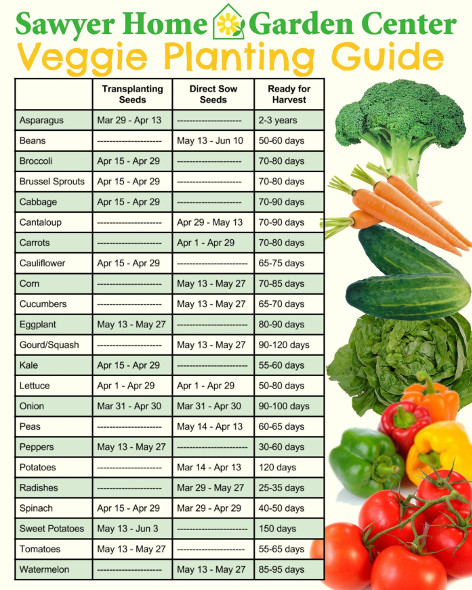
To determine the best month to plant your vegetable garden, several factors come into play, including your local climate, the types of vegetables you wish to grow, and the last frost date in your area. Generally, the ideal time to start planting vegetables varies based on whether you are growing cool-season or warm-season crops.
For cool-season vegetables (like lettuce, peas, and carrots), the best time to start planting is typically in early spring, around March to April, depending on your USDA hardiness zone. Conversely, for warm-season vegetables (such as tomatoes, peppers, and cucumbers), you should plant them once the risk of frost has passed, usually from late May to early June.
Understanding Your Growing Zone
Knowing your growing zone is crucial for determining when to plant your vegetable garden. The USDA Plant Hardiness Zone Map divides North America into 13 zones based on average annual minimum winter temperatures.
- Identify your zone by consulting the USDA map online or through gardening resources.
- Check the frost dates associated with your zone to determine your planting schedule.
- Plan to plant after the last frost date for warm-season vegetables and before it for cool-season crops.
Choosing Between Cool-Season and Warm-Season Crops
Different types of vegetables thrive in different seasons. Knowing which category your chosen vegetables fall into will guide you in scheduling your planting.
- Cool-season crops can tolerate lower temperatures; plant them early in spring.
- Warm-season crops require warmer soil temperatures; seed them after the danger of frost has passed.
- Consider companion planting to maximize space and enhance growth in your garden.
Soil Preparation and Conditioning
Preparing your soil is as vital as knowing when to plant. Quality soil will allow your vegetables to thrive.
See also:
- Test your soil to determine its pH and nutrient levels.
- Add organic matter, such as compost, to improve soil fertility.
- Till or cultivate the soil to ensure proper aeration and drainage.
Weather Considerations
Monitoring the weather is essential for successful planting. Unexpected late frosts can damage young plants.
- Keep an eye on local forecasts to anticipate any sudden temperature drops.
- Use protective covers or row covers for young plants during unexpected cold spells.
- Plan your planting schedule around long-term weather predictions for the season.
Extending Your Growing Season
There are techniques you can employ to extend your growing season, allowing for earlier planting or later harvesting.
- Use cold frames or greenhouses to start seeds earlier in spring.
- Implement row covers to protect plants from frost and extend their growing period.
- Choose varieties of vegetables that mature quickly to maximize yield in a shorter growing season.
When to plant tomatoes in Victoria, BC?
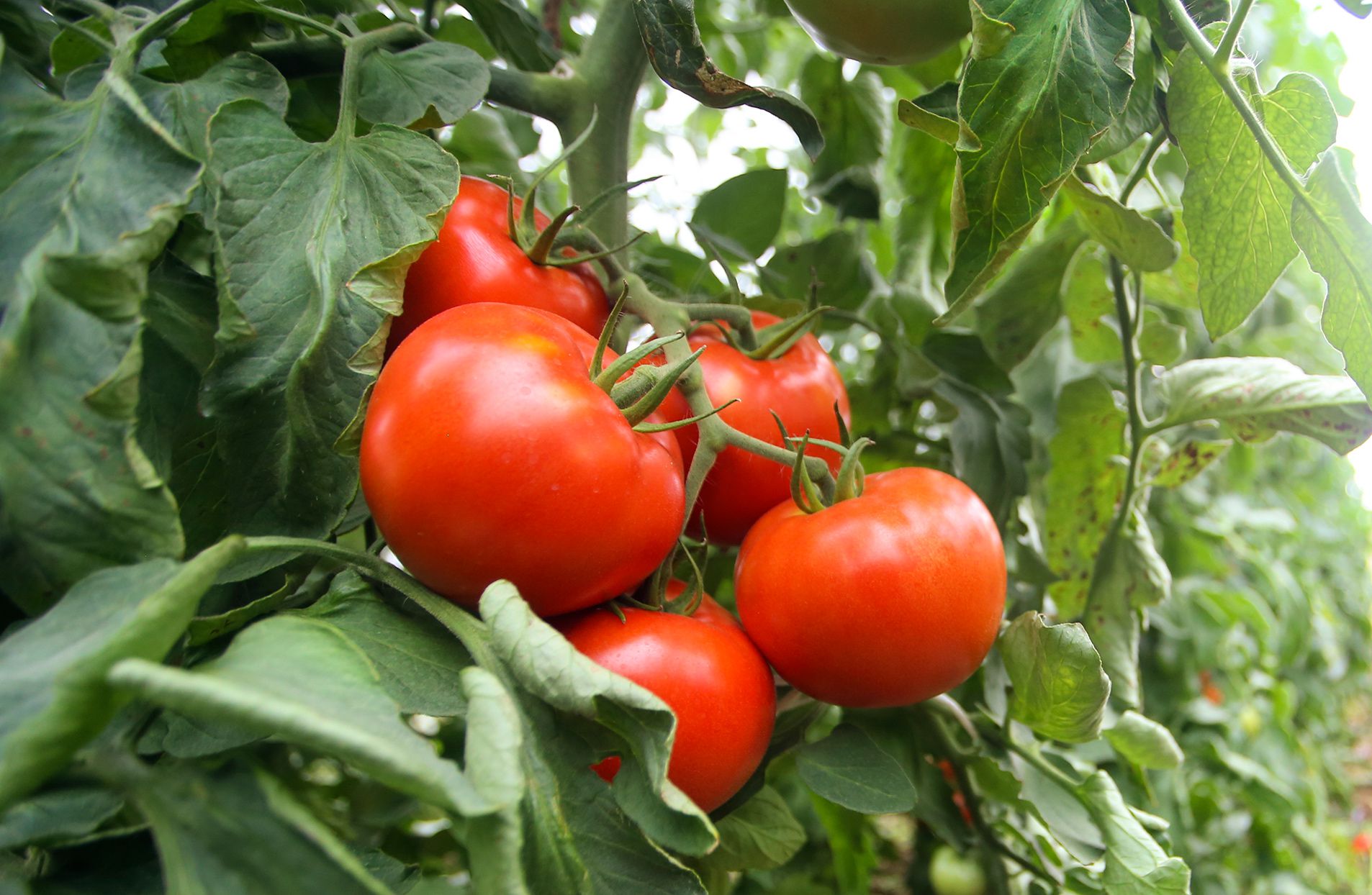
To plant tomatoes in Victoria, BC, it's essential to consider the local climate and frost dates. Generally, the best time to plant tomatoes outdoors is after the last frost date, which typically falls around late April to early May. However, it's advisable to start seeds indoors about 6-8 weeks before the last expected frost to ensure strong seedlings. This practice allows gardeners to maximize the growing season in this temperate coastal climate, leading to healthier plants and more bountiful yields.
Understanding the Frost Dates
In Victoria, the last frost date usually occurs in late April or early May. To successfully grow tomatoes, it's crucial to monitor the weather forecasts as the planting date approaches. Consider the following factors regarding frost dates:
- Microclimates: Areas in your garden may experience varying temperatures, so check for local microclimates.
- Use of Frost Covers: Be prepared to use frost covers if unexpected cold snaps occur after planting.
- Local Gardening Communities: Engage with local gardeners or gardening forums for firsthand information on the best planting times.
Choosing Tomato Varieties
Selecting the right tomato varieties is crucial for a successful crop. Some varieties flourish better in Victoria's climate than others. Consider:
- Indeterminate vs. Determinate: Indeterminate varieties grow vine-like and produce fruit continuously, while determinate types set fruit all at once.
- Early Varieties: Look for early-maturing varieties, such as ‘Early Girl’ or ‘Stupice,’ which are ideal for the shorter growing season.
- Disease Resistance: Choose hybrid varieties with resistance to common diseases specific to your region.
Starting Seeds Indoors
Starting tomato seeds indoors allows for an earlier start to the growing season. Follow these steps for successful indoor planting:
- Timing: Start seeds 6-8 weeks before the last frost date to ensure seedlings are robust enough for outdoor planting.
- Soil and Containers: Use sterile seed starting mix in small containers; transplant seedlings to larger pots as they grow.
- Light Requirements: Provide adequate light using grow lights or a sunny window to encourage strong, healthy growth.
Hardening Off Seedlings
Before transplanting your seedlings outdoors, it's essential to acclimatize them to outdoor conditions through a process called hardening off:
- Gradual Exposure: Start by placing seedlings outside for a few hours a day, gradually increasing their time outside over a week.
- Weather Conditions: Avoid hardening off during extreme weather conditions, such as strong winds or high temperatures.
- Protection from Pests: Keep young plants sheltered from pests and harsh sun exposure during the initial days outside.
Final Outdoor Planting
Once the danger of frost has passed, and your seedlings are adequately hardened off, it's time to transplant them into the garden. Consider these tips:
- Soil Preparation: Ensure the soil is well-drained, rich in organic matter, and has a pH level suitable for tomatoes (6.0-6.8).
- Spacing: Space tomato plants adequately to allow airflow and prevent disease; typically, 18-24 inches apart.
- Watering Timely: Water thoroughly immediately after planting and maintain consistent moisture throughout the growing season.
What veggies to plant in summer in Victoria?

In Victoria, summer offers a great opportunity for gardening enthusiasts to grow a variety of vegetables. The warm climate and extended daylight hours provide ideal conditions for many crops. Here are some recommended vegetables to plant during the summer months.
1. Tomatoes
Tomatoes are a staple in many gardens and thrive in summer warmth. They require full sun and well-drained soil. Consider planting both determinate and indeterminate varieties to enjoy a continuous harvest.
- Choose disease-resistant varieties.
- Support plants with cages or stakes.
- Water consistently to prevent blossom drop.
2. Cucumbers
Cucumbers are another excellent choice for a summer garden in Victoria. They grow quickly and can be planted in both open ground and containers. Ensure they have enough space to vine out.
See also:
- Plant in rich, well-draining soil.
- Provide regular watering, keeping the soil consistently moist.
- Use trellises to save space and improve air circulation.
3. Beans
Beans are versatile and can be grown in various conditions. Both pole and bush varieties flourish in summer, providing a bountiful harvest throughout the season.
- Plant seeds directly into the soil after the last frost.
- Give climbing varieties trellises for better support.
- Harvest regularly to encourage more production.
4. Zucchini
Zucchini is a prolific vegetable that is easy to grow in the warm summer months. It's ideal for gardeners with limited space, as it can produce a large yield from a single plant.
- Start seeds indoors or directly sow in the garden.
- Provide adequate spacing to allow for sprawling growth.
- Check daily for zucchini to avoid overripening.
5. Peppers
Both sweet and hot peppers thrive during Victoria’s summer season. They require warm soil and plenty of sunlight to develop their full flavor and heat levels.
- Start seeds indoors for an earlier harvest.
- Transplant after the last frost, ensuring soil temperatures are warm.
- Monitor for pests, as peppers can attract a variety of insects.
What vegetables can and cannot be planted next to each other?
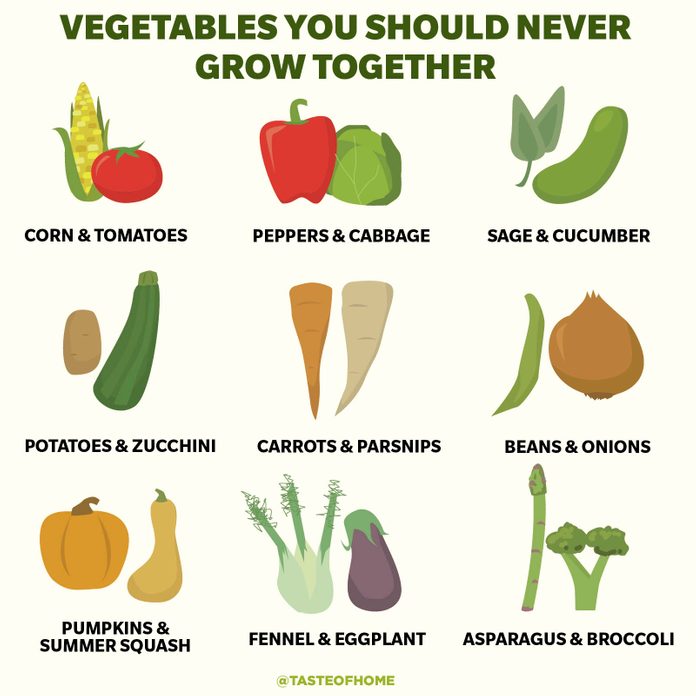
What vegetables can and cannot be planted next to each other is an essential aspect of gardening known as companion planting. Understanding these relationships can lead to healthier plants, increased yields, and reduced pest issues. Here’s a detailed look into which vegetables work well together and which do not.
Benefits of Companion Planting
Companion planting involves pairing plants that mutually benefit each other. This can enhance growth, deter pests, and improve yields. Here are some key advantages:
- Natural pest control: Certain plants can repel pests that may harm their neighbors.
- Improved growth: Some plants provide nutrients that others need for optimal growth.
- Maximized space: Plants that grow well together can occupy the same area, making efficient use of space.
Vegetables That Grow Well Together
Some plants thrive when grown side by side due to their complementary needs or natural defenses. Notable companion pairings include:
- Tomatoes and basil: Basil can improve the flavor of tomatoes and helps repel pest insects.
- Carrots and onions: Onions can deter carrot flies, while carrots can help with weed suppression.
- Corn, beans, and squash: This trio, known as the Three Sisters, offers structural support, nutrient sharing, and pest deterrence.
Vegetables That Should Not Be Planted Together
Certain plants can inhibit each other’s growth or attract pests if planted close together. Avoid these combinations:
- Beans and onions: Onions release compounds that can hinder the growth of bean plants.
- Potatoes and tomatoes: Both are susceptible to similar diseases, which can amplify the risk if planted together.
- Cabbage and strawberries: Cabbage can stunt the growth of strawberries due to competition for nutrients.
Spacing and Arrangement Tips
When considering companion planting, proper spacing and arrangement are crucial for optimal benefits. Here are some tips:
- Vertical growth: Use taller plants like corn to provide shade for shorter plants like lettuce.
- Proper spacing: Give plants enough room to grow without overcrowding, reducing competition for light and nutrients.
- Rotation planning: Rotate plant families to prevent soil depletion and pest accumulation from previous seasons.
Soil Considerations
Different vegetables have varying soil requirements, which can impact their compatibility. Consider these factors:
- pH levels: Ensure soil pH matches the requirements of both companion plants for optimal growth.
- Nutrient levels: Amend soil with organic matter to provide balanced nutrients, catering to the needs of diverse plants.
- Drainage: Good drainage is essential for root health; ensure that both plants can thrive in the same moisture conditions.
Questions from Our Readers
What is the best time to plant veggies in Victoria?
The best time to plant veggies in Victoria is typically during the spring and autumn months. Spring planting usually occurs after the last frost, while autumn planting can take advantage of the milder temperatures. Understanding the local climate zones is key to ensuring a successful gardening season.
Which vegetables grow well in Victoria's climate?
Vegetables such as tomatoes, carrots, and cabbages thrive in Victoria's varied climate. Warm-season crops prefer the mid to late spring, while cool-season varieties can be planted in early spring or late summer for autumn harvest. Choosing the right varieties for your garden is essential for maximizing yield.
How can I prepare my soil for veggie planting in Victoria?
To prepare your soil for veggie planting in Victoria, start by testing the pH and nutrient levels. Amend the soil with organic matter, such as compost or well-rotted manure, to improve soil structure and fertility. This process ensures your plants have the necessary nutrients to grow strong and healthy.
See also: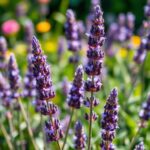
What pests should I look out for when planting veggies in Victoria?
Common pests to watch for when planting veggies in Victoria include aphids, snails, and caterpillars. Regularly inspecting your plants and maintaining a clean garden can help prevent infestations. Implementing natural pest control methods, such as introducing beneficial insects, can also be very effective.

If you want to read more articles like The Ultimate Veggie Planting Guide Victoria: Tips for a Thriving Garden, we recommend you check out our Gardeners category.
Leave a Reply
Related Articles